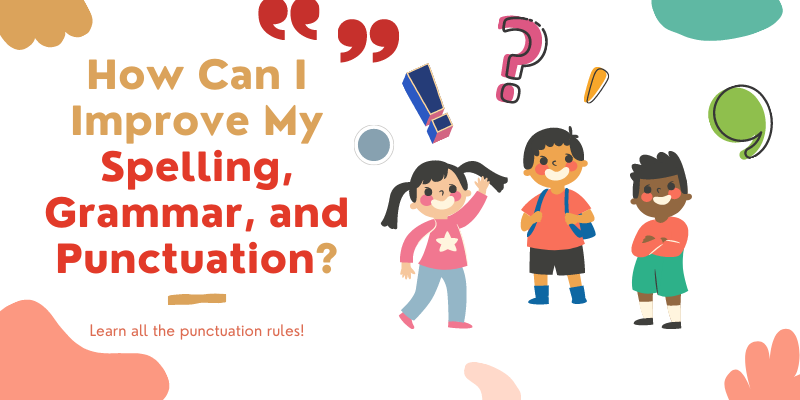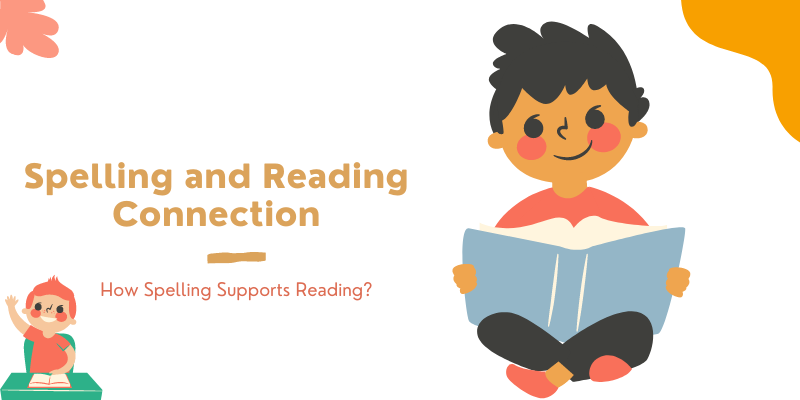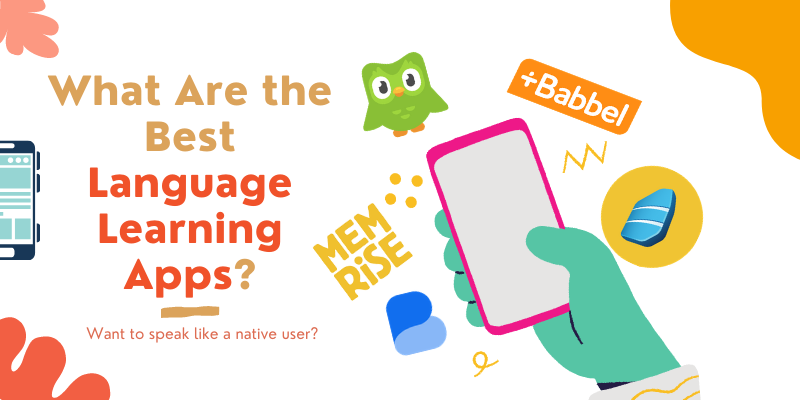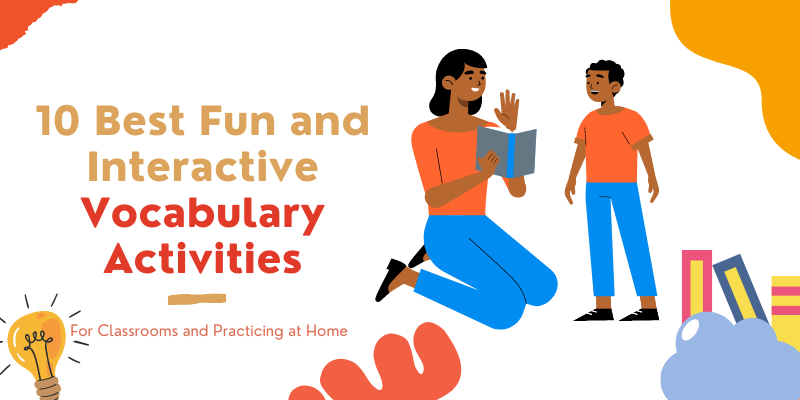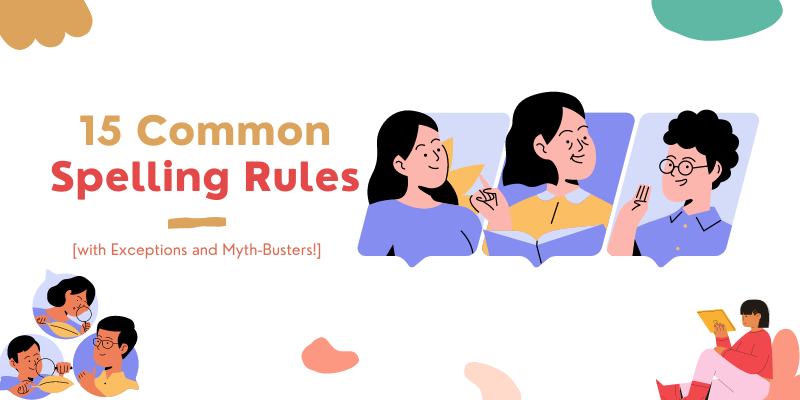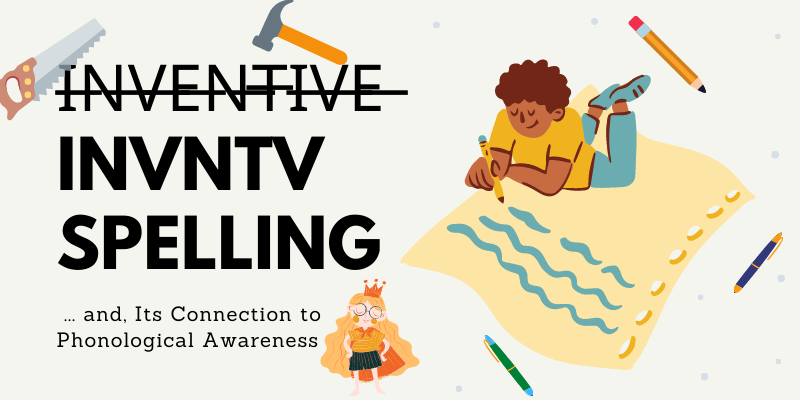We tend to be extra cautious while writing. Certainly, we don’t want to make any silly mistake and become a laughing stock — even worse, we could lose marks in the exams! While writing something, you can make three kinds of mistakes: spelling, grammar, and punctuation.
So, if you can avoid these mistakes, you’re guaranteed to have flawless writing skills! Wouldn’t that be a great thing?
Now, you should know that spelling and grammar are three completely different aspects of the English language. Your sense of English grammar will not help your spelling skills; however, it’s essential for punctuation marks.
Also, English grammar is a vast concept and we could hardly cover many areas in an article like this. You should stick to traditional grammar books if you want to become good. Plus, it’ll take years to cover all of the grammatical aspects.
Rather, we’ll help you with spelling and punctuation in this article. Especially, the spelling and punctuation rules that you need to know for spelling tests.
Let’s jump in!
Why Spelling and Punctuation Rules Are Important?
Spelling and Punctuation rules go hand in hand. For a spelling test, you need to have a good sense of punctuation. In fact, most spelling tests evaluate the knowledge of punctuation too.
Even the spelling tests in SpellQuiz take punctuation mistakes into account. For your spelling and punctuation exercises at school, you need to know where and when to put them in a sentence. Otherwise, you’ll lose marks!
Punctuation Rules Important for Spelling and Punctuation Tests
Essentially, punctuation refers to the set of rules to put punctuation marks in a written sentence as a reading guideline. These rules help the readers to decide — when to stop, pause, or change the tone.
In total, there are 14 different punctuation marks in English grammar. These are —
- Full stop or period (.)
- Question mark (?)
- Exclamation mark (!)
- Comma (,)
- Colon (:)
- Semi-colon (;)
- Apostrophe (’)
- Hyphen (-)
- Quotation mark (“ ” or ‘ ‘)
- Dashes: en dash and em dash (– or —)
- Brackets ([ ])
- Braces ({ })
- Parenthesis (( ))
- Ellipsis ( … )
You should note that only the first seven (full-stop to apostrophe on the list above) hold importance for a spelling, punctuation, and grammar test. We don’t generally see quotation marks or brackets in a spelling and punctuation test.
Now, let’s turn our attention to where should we use the punctuation marks —
Full-Stop or Period
Full-stops (.) are the most common punctuation mark. We typically use it at the end of a declarative or an imperative sentence to show that the sentence has finished.
Examples:
- He went shopping. (declarative)
- Go there. (imperative)
Apart from that, we also full-stops after an abbreviation, fractions, name initials, and time. These full-stops don’t indicate the end of a sentence.
Examples:
- Abbreviation: He is the new E. teacher.
- Fractions: The wall is 70 meters tall.
- Name initials: K. Rowling is the author of Harry Potter books.
- Time: The train leaves at 30 a.m.
**Note: Sometimes, you need to use an exclamation mark at the end of an imperative sentence. Usually, the exclamation mark in an imperative sentence denotes urgency or seriousness.
Example:
- Go there now! (Using the word now, you’re increasing the level of urgency here.)
Question Mark
We always put a question mark (?) at the end of an integrative sentence. This is the only rule for putting a question mark.
Example:
- When will the bus leave?
Exclamation Point
If you write an exclamatory sentence, you must use an exclamation mark. An exclamatory sentence is used to showcase strong emotion, such as — excitement, happiness, sorrow, frustration, surprise, anger, etc.
Examples:
- We have won the game!
- Ugh! This is a boring lecture.
- No! I failed in the exam.
- Fantastic, now we can all go to the party!
Are you looking for ways to practice spelling words for homework? Here’s guide with a large collection of unique spelling ideas.
Comma
Commas (,) are perhaps the most common type of punctuation marks. Also, commas are the most abused and misused of all of them. The sheer number of rules for putting commas make things very confusing — even native users struggle with this one!
So, let’s pay attention!
1. Lists with More than Two Elements
While writing down a list with more than two elements, use commas to separate them. This is the easiest rule to remember for the commas.
Example:
- I bought chocolates, ice creams, and cakes for the party.
**Note: Adding a comma before and in a list is optional.
Examples:
- I bought chocolates, ice creams, and cakes for the party.
- I bought chocolates, ice creams and cakes for the party.
Here, both sentences are correct.
Looking for the best online spelling program? Check out our review of the best online spelling programs of 2021!
2. Use Comma after Linking Words
We often start sentences with linking words. And, you need to add a comma every time after those linking words.
Examples:
- However, you should visit her.
- Also, I want to go with you.
- Moreover, I feel sorry for her.
- Plus, you owe me one.
- Nevertheless, you never thanked me for the big help.
**Note: Don’t use a comma after these introductory phrases as they function as nouns in sentences —
- That’s why I want to visit her with you.
- After the game will you go home?
- During the national anthem stand up to pay respect.
Not sure about how to learn spelling? Check out SpellQuiz’s detailed guide now!
3. Independent Clauses with Coordinating Conjunctions
If two (or more) independent clauses are separated by any of the seven coordinating conjunctions, put a comma before the conjunction. The seven conjunctions are — and, or, but, for, nor, so, and yet. To remember them, you could use a rhyme,
And, or, but,
For, nor,
So, yet!
Let’s take a look at some examples —
- He wanted to go, but his teacher didn’t give permission.
- Sarah was sick, so her mom insisted her to take rest.
- She sang really well, yet the judges were not impressed.
**Note: You CANNOT use a comma without a coordinating conjunction to separate independent clauses. In such cases, you’ll have to use a semicolon.
Incorrect: We were out of orange juice, I went to the store to buy some.
Correct: We were out of orange juice, so I went to the store to buy some.
Correct: We were out of orange juice; I went to the store to buy some.
4. Introductory Adverbial Phrases
You should use a comma after an adverbial phrase at the beginning of a sentence. For shorter sentences, you can omit the comma, but it might leave a chance to misread the sentence. So, you should take it is a hard and fast rule to always be on the safer side.
Examples:
- While Megan was sleeping, robbers entered the house.
- Because she failed in the exam, her mom was upset.
- Grabbing the umbrella, George rushed to the store.
5. Adding Additional Information Using Interrupters or Parenthetical Elements
You can add additional information to a complete sentence using two methods: interrupters or parenthetical elements. Now, you should remember that the removal of these two elements doesn’t change the meaning of the sentence. But they can help you add emotional depth, emphasis, and clarification.
Also, if the interrupters or parenthetical elements are used in the middle, you need to put two commas — before and after them.
Examples:
- Rainy days, my favorite weather, are best for re-watching your favorite movies.
- George Washington, the first President of the U.S.A., was the commander of the Continental Army.
**Note: You can also offer additional information using non-restrictive clauses. These non-restrictive clauses also offer non-essential information, and often, begin with which or who.
Example:
- Gordon Ramsey, who is a multi-Michelin starred chef, is a judge of MasterChef US.
- Jurassic Park, which is Adam’s favorite movie, won three Oscars.
6. Essential (Restrictive) and Non-essential (Non-Restrictive) Phrases and Clauses
You already have some idea about the essential and non-essential phrases from the previous rule. This rule elaborates the concept even further.
If we use a phrase or a clause that is essential or necessary to express the complete meaning of a sentence, we refer to that phrase or clause as essential or restrictive.
On the other hand, if we can comprehend the complete meaning of a sentence without those phrases or clauses, we refer to them as non-essential or non-restrictive.
Now comes the rule —
ALWAYS use commas for non-essentials and NEVER use commas for essentials.
Got it?
Let’s check out the examples —
- The restaurant that Sarah recommended is amazing. (Essential)
- The new Burger King Restaurant, which Sarah recommended, is amazing. (Non-essential)
- Please fix the grammatical errors as well as (Essential as well as)
- Grammatical errors, as well as punctuation mistakes, are distracting. (Non-essential as well as)
- Trees such as pine and coconut don’t shed leaves in winter. (Essential such as)
- Evergreen trees, such as pine and coconut, don’t shed leaves in winter. (Non-essential such as)
- Sir Arthur Conan Doyle’s creation Sherlock Holmes is the literature’s greatest detective. (Essential appositives)
- My friend, Nazrin, is a wonderful speller. (Non-essential appositives)
7. Question Tags
We use question tags to ask the readers to agree with our opinions regarding obvious statements. These tags come after an assertive sentence and are separated by a comma.
Examples:
- These Christmas decorations are beautiful, aren’t they?
- They don’t like playing hockey, do they?
- I know, right?
8. Directly Addressing a Person
If you want to address someone by name, we need to put a comma before the name.
Examples:
Ron, pick up the phone.
How are you, Ashley?
9. Dates and Addresses
When writing date in the month-date-year format or day of the week and date format, separate them using commas. The same can be said about addresses.
Examples:
- The Avengers: Endgame initially got released on April 22, 2019.
- He was born on Monday, May 13, 1968.
- On Tuesday, December 20, at five o’clock, we will have the rematch.
- Write down the address — 15, Yemen Road, Yemen.
**Note: Other date formats, like — date-month-year, don’t need any comma separation.
Examples:
- The Avengers: Endgame was initially released on 22 April 2019.
- He was born on 13th May 1968.
10. Direct Quote
Separate an attribute tag (he said, she claimed) and a direct quote with a comma. Also, use a comma inside the quotation marks, instead of a full stop, if the quote sits before the attribute tag.
Examples:
- Mat said, “I want to go home.”
- “Let’s play another game,” suggested Rachel.
**Note: If the direct quote before an attribute tag ends with a question or exclamation mark, don’t use a comma.
Examples:
- “Why don’t you leave me alone?” she asked.
- “Leave me alone!” she said angrily.
Colon
Yes, the long list of rules for commas is quite intimidating. But don’t worry, the rest of the spelling and punctuation rules are pretty straightforward.
Think about colons (:) for example. Colons are typically used before a list. In this case, the colon is a substitute for which is or which are.
Sometimes, people use colons for quotations too. If you use colons for quotations, you don’t need to put quotation marks.
Examples:
- Phoebe invited three guests to the party: Joey, Ross, and Chandler.
- She said: The party would be a blast!
Semicolon
Semicolons (;) also have limited use cases. You can use a semicolon to separate closely related independent clauses. In these cases, you should put the semicolon before the linking words.
Also, you can replace the ‘and’, ‘or’, ‘but’, ‘because’ with a semicolon to shift from one thought to another without ending the sentences with a full-stop.
Examples:
- He went to the party; however, his sister didn’t go.
- Monica was sad; Phoebe didn’t invite her to the party.
Apostrophe
In this rule of spelling and punctuation exercises, we’ll look into apostrophe (‘). We use an apostrophe in only two scenarios.
First, an apostrophe indicates someone’s possession. But remember, we use the possession apostrophe only for people. You don’t need to use an apostrophe for objects.
Examples:
- Monica’s Thanksgiving Turkey is very popular.
- The office door was wide open. (No apostrophe for objects)
Second, we use apostrophe contractions that denote a missing letter.
Examples:
- They’re = They are
- Don’t = Do not
- Ain’t = Am not, is not, or are not
Final Words
As you can see, to have an impeccable sense of punctuation, you need to have a strong grammar sense. For example, types of sentences, clauses, phrases, and conjunctions are essential for punctuation.
That’s why it’s important to study all three elements of writing, spelling, punctuation, and grammar, at the same time. Also, your writing skills will improve a lot if you can work on your spelling and punctuation practices.
What are you waiting for? Start practicing with SpellQuiz Spelling Test to improve your spelling and punctuation at the same time.
